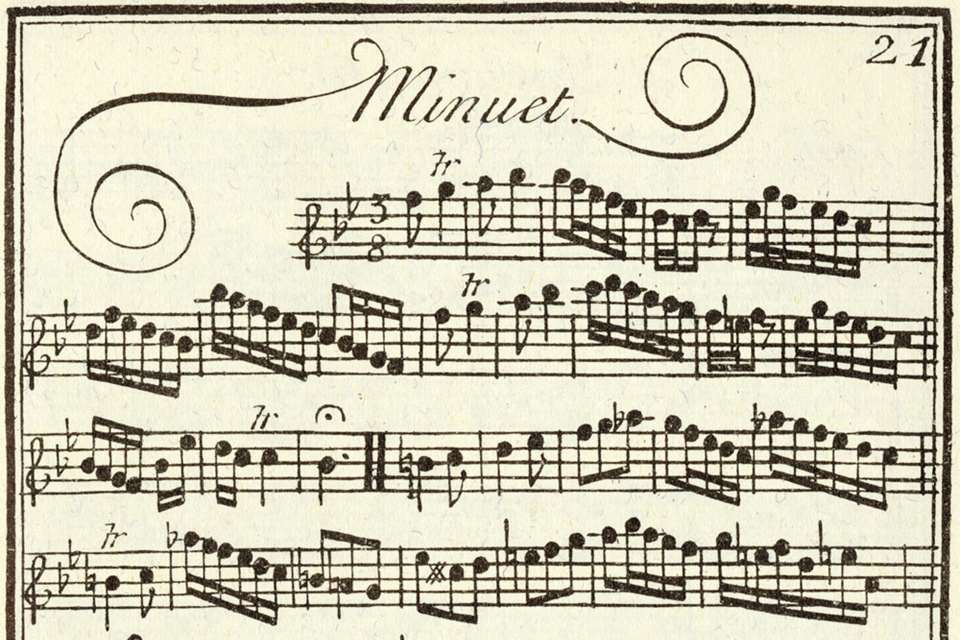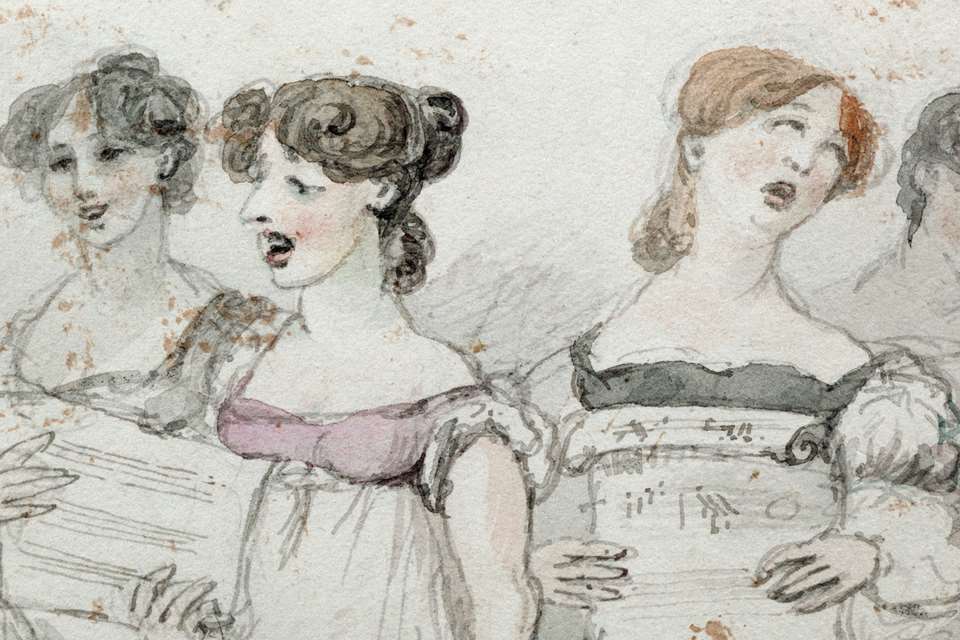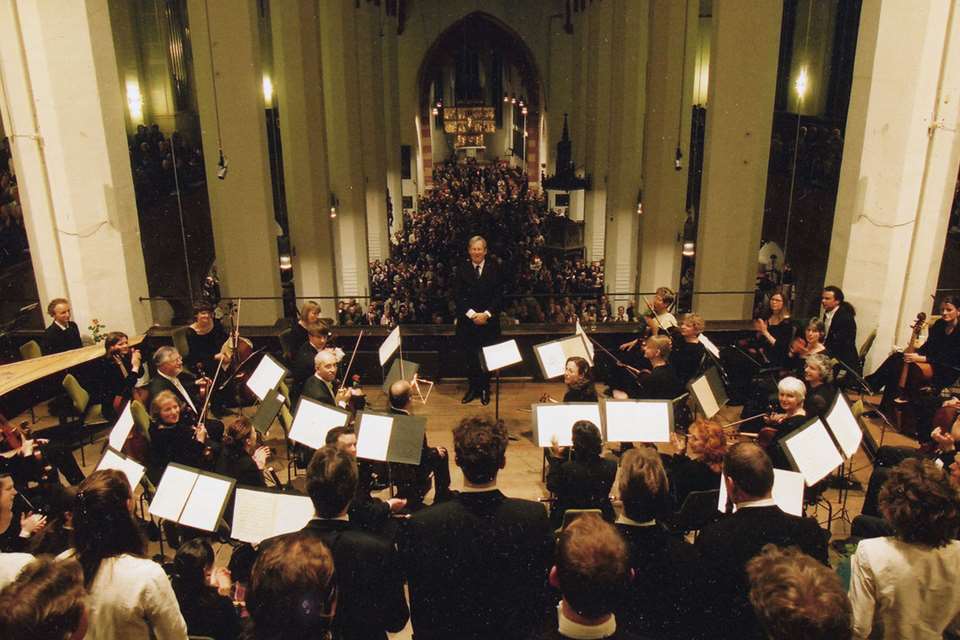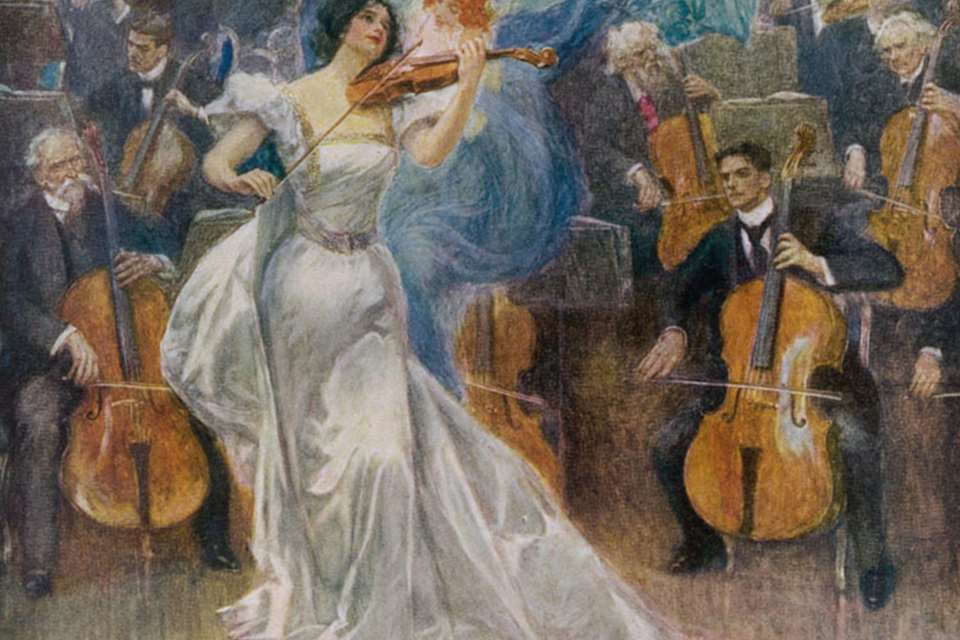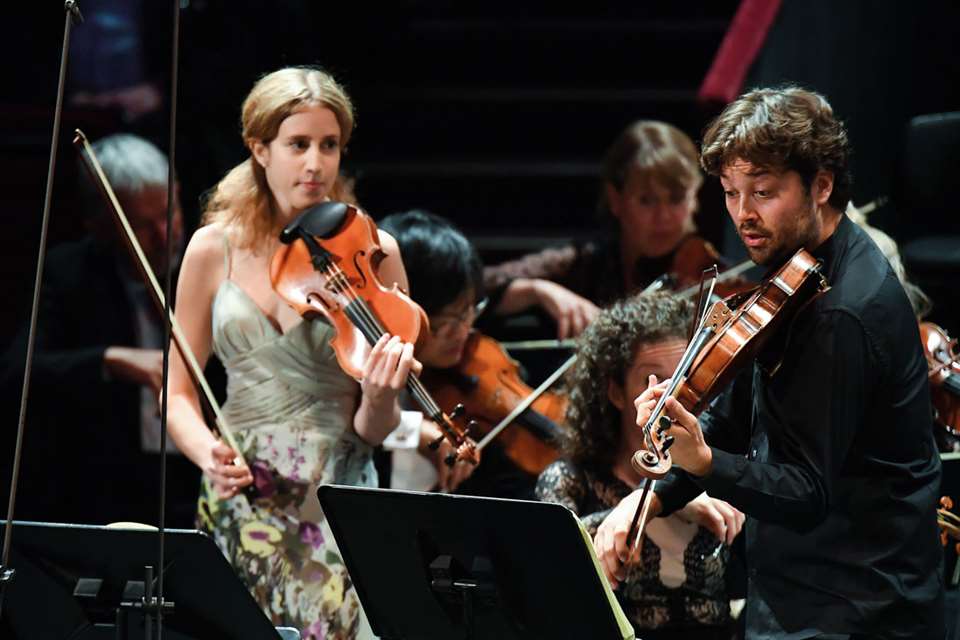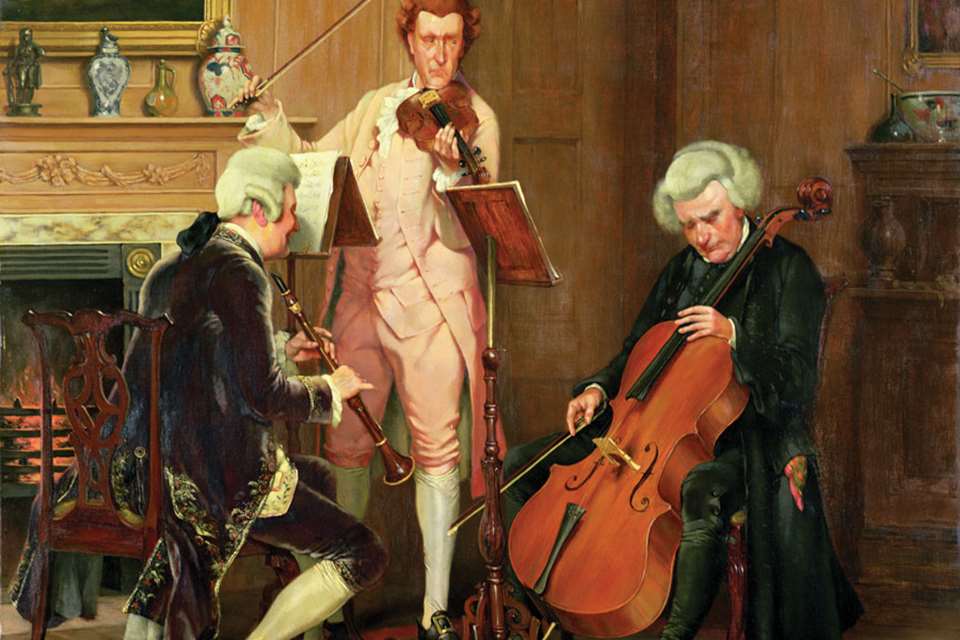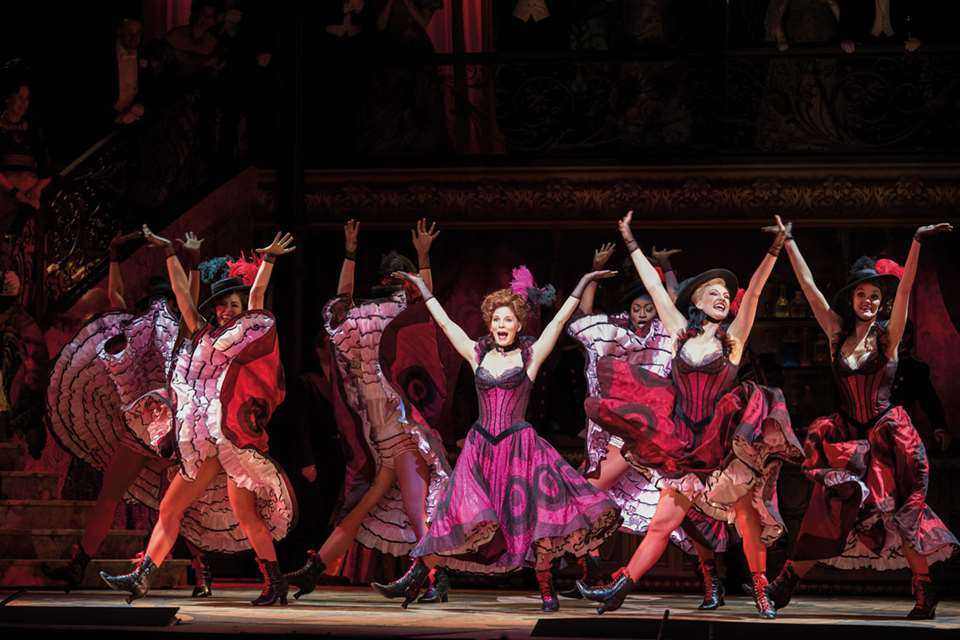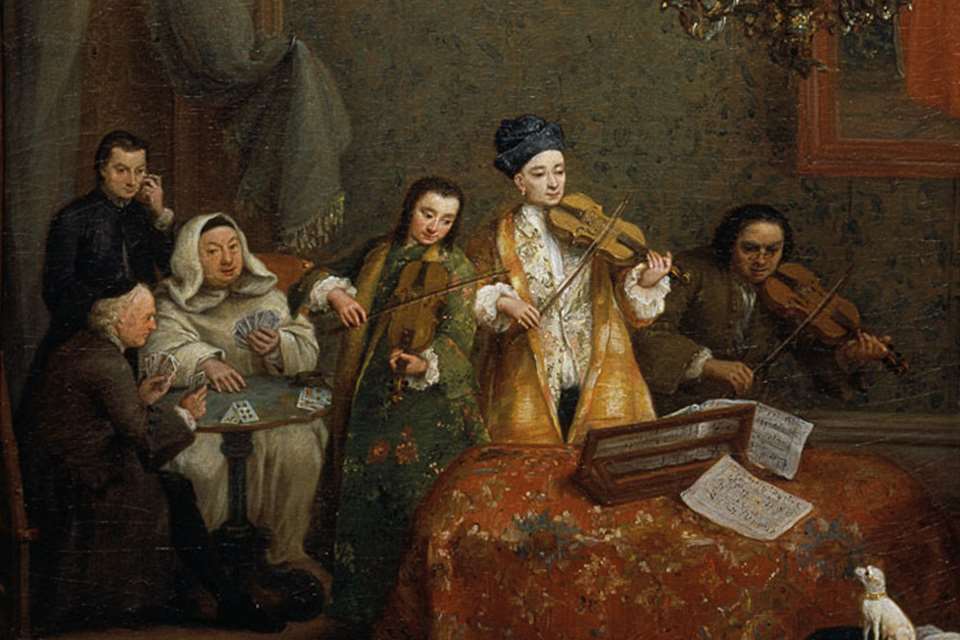What is a Prelude?
Tim Parry
Friday, July 20, 2018
Tim Parry continues our new series outlining a definition and brief history of different musical forms
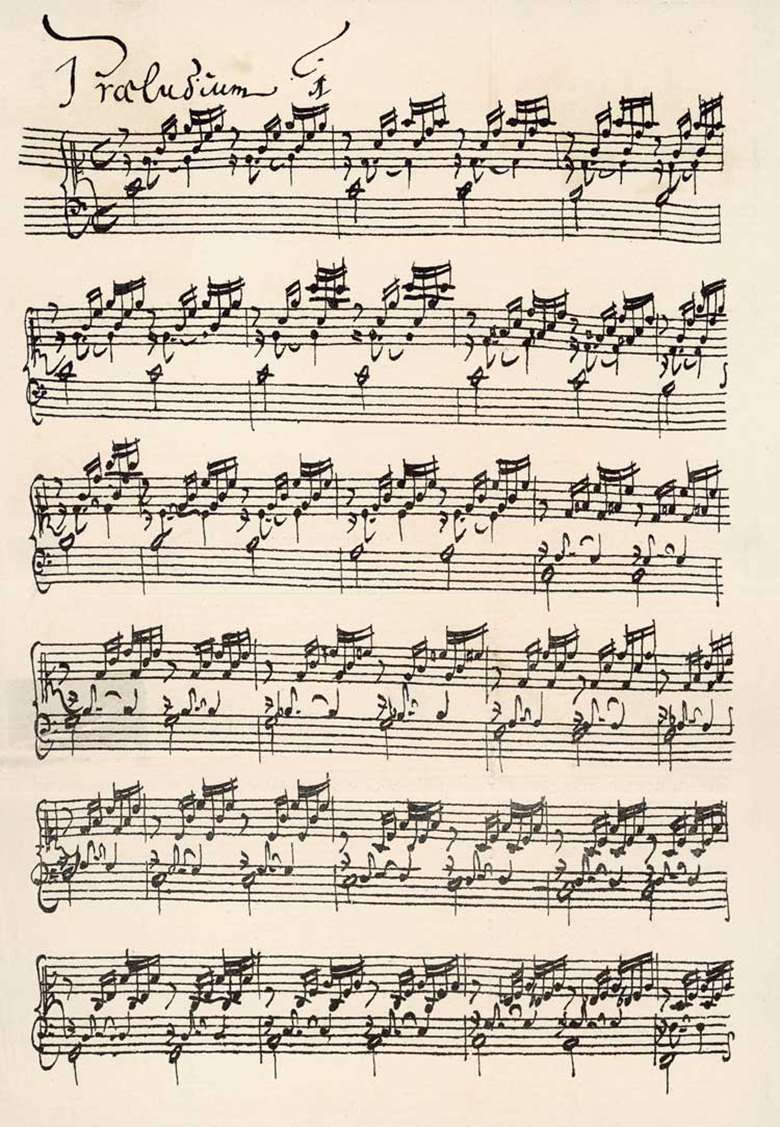
A Prelude is a piece of music that traditionally leads into something else, common examples from the Baroque period being a fugue or a suite of dances. Since the early 19th century a Prelude has more generally indicated a short character piece, often with an improvisatory quality.
The first notated preludes were organ pieces played to introduce church music. By the 17th century preludes commenced suites of dances in the same key, with examples by Couperin, Rameau, d’Anglebert and JS Bach (the English Suites and Cello Suites, for example). Bach also followed Pachelbel’s precedent in pairing preludes with fugues, both in organ works and in The Well-Tempered Clavier, where two books of preludes and fugues each encompass all the major and minor tonalities.
Building on Bach’s example, sets of preludes covering the 24 major and minor keys became commonplace in the early 19th century. These developed alongside the performing tradition of ‘preluding’, where pianists improvised a brief introduction – an opportunity to warm up, familiarise oneself with the instrument and become creatively engaged. Most composers were performing musicians, and many wrote examples of such preludes covering each key, so that non-improvising pianists could choose a prelude appropriate to what they were about to play. Examples of preludes written for this purpose include sets by Hummel, Cramer, Kalkbrenner and Moscheles. These rarely go beyond brief finger-loosening exercises designed to establish a key. When Chopin came to write his set of 24 Preludes, Op 28 (1838-39), as so often he developed an existing form, elevating it to a new level of poetic richness and independence.
In turn, Chopin’s Preludes were the model for subsequence sets by Heller, Alkan, Cui and Busoni, and in the early 20th century by Rachmaninov and Shostakovich. Debussy’s 24 Preludes, in two books, are each appended with poetic titles, and the genre was consolidated as a kind of miniature tone poem. Inspired by Bach, Shostakovich later reunited preludes with fugues for his Op 87 (1950-51), once more taking in all 24 keys in a cycle of fifths.
Welcome to Gramophone ...
We have been writing about classical music for our dedicated and knowledgeable readers since 1923 and we would love you to join them.
Subscribing to Gramophone is easy, you can choose how you want to enjoy each new issue (our beautifully produced printed magazine or the digital edition, or both) and also whether you would like access to our complete digital archive (stretching back to our very first issue in April 1923) and unparalleled Reviews Database, covering 50,000 albums and written by leading experts in their field.
To find the perfect subscription for you, simply visit: gramophone.co.uk/subscribe




